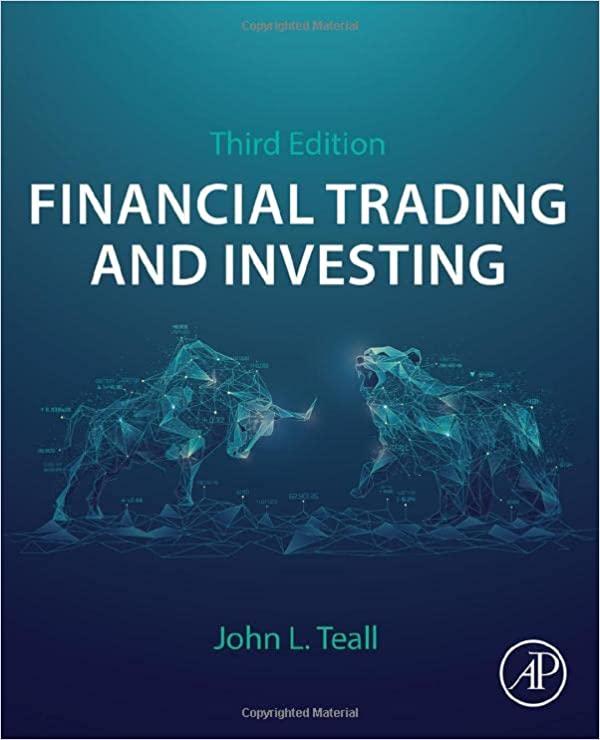Suppose that the United States is preparing for the outbreak of an Asian viral disease, which, if
Question:
Suppose that the United States is preparing for the outbreak of an Asian viral disease, which, if a vaccine is not developed, is expected to kill 600 people. Two alternative vaccination programs have been proposed. The benefits of the two vaccination programs are described as follows: Program A: 200 lives are saved Program B: 1/3 probability that 600 lives are saved Tversky and Kahneman (1981, 1986) find that most people prefer Program A. Now, consider the following descriptions:
Program A: 400 die Program B: 2/3 probability that 600 die Kahneman and Tversky find that most people prefer Program B. (See also Baron, 2000.) Since the first set of descriptions is identical to the second, choices seem to be inconsistent.
a. How does this example relate to the framing problem discussed by Kahneman and Tversky?
b. How do the descriptions presented here pertain to risk-aversion and risk-seeking preferences?
Step by Step Answer:






